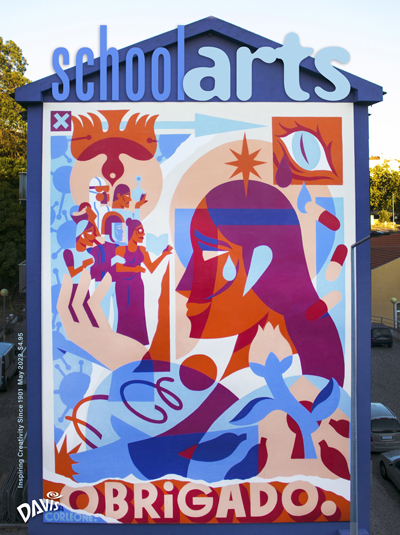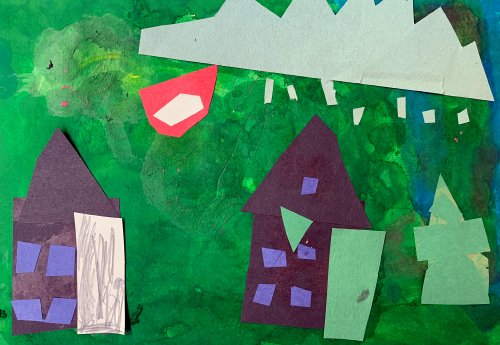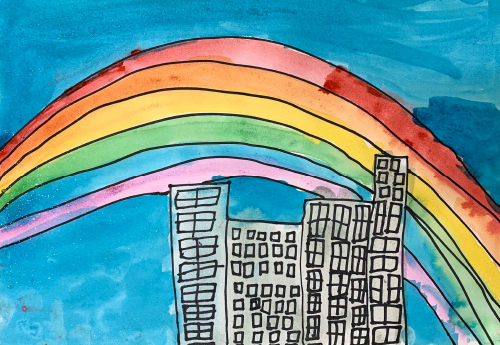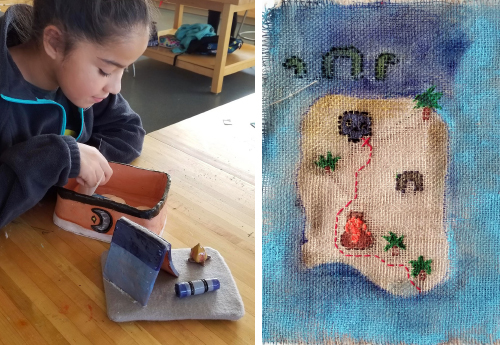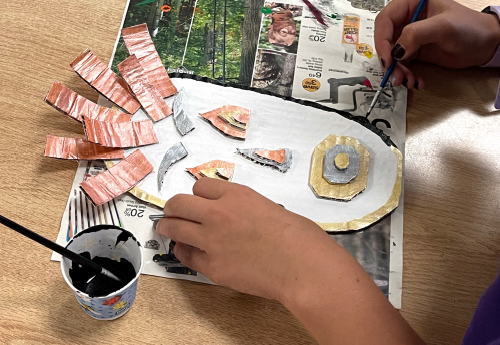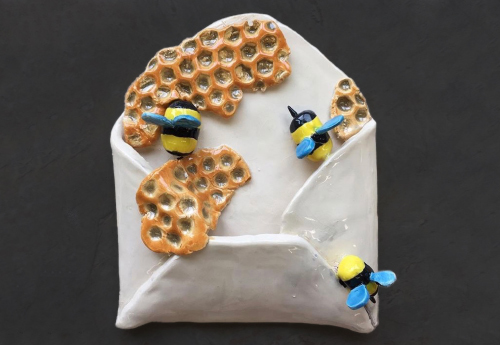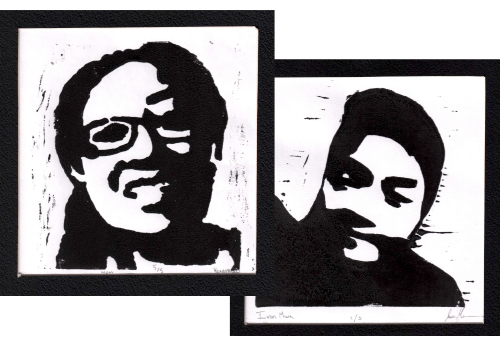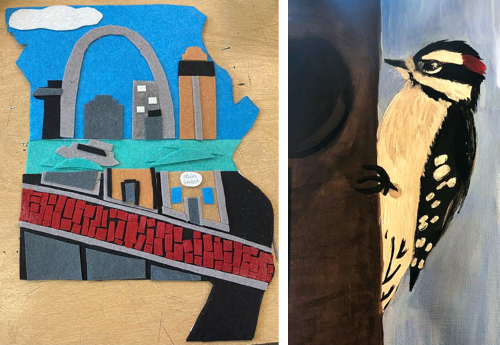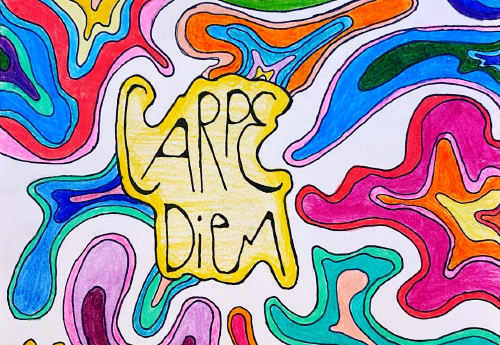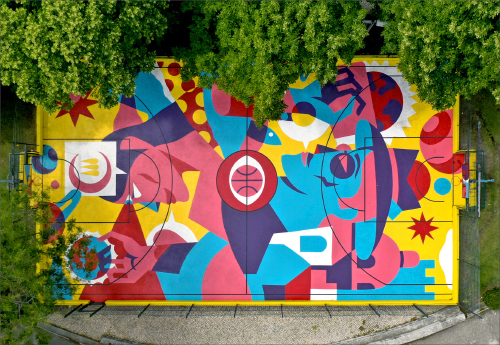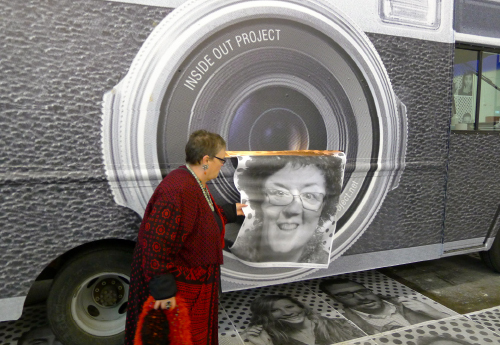
Editor’s Letter: Social-Emotional Learning
I think art teachers have always helped students manage their emotions and develop empathy for others. Considering the emotional trauma created by COVID-19 in our nation’s schools, SEL offers an approach that is much needed. It may be best implemented by art teachers because students may be more likely to express feelings and concerns through their art rather than through talking about it.
Read Article
